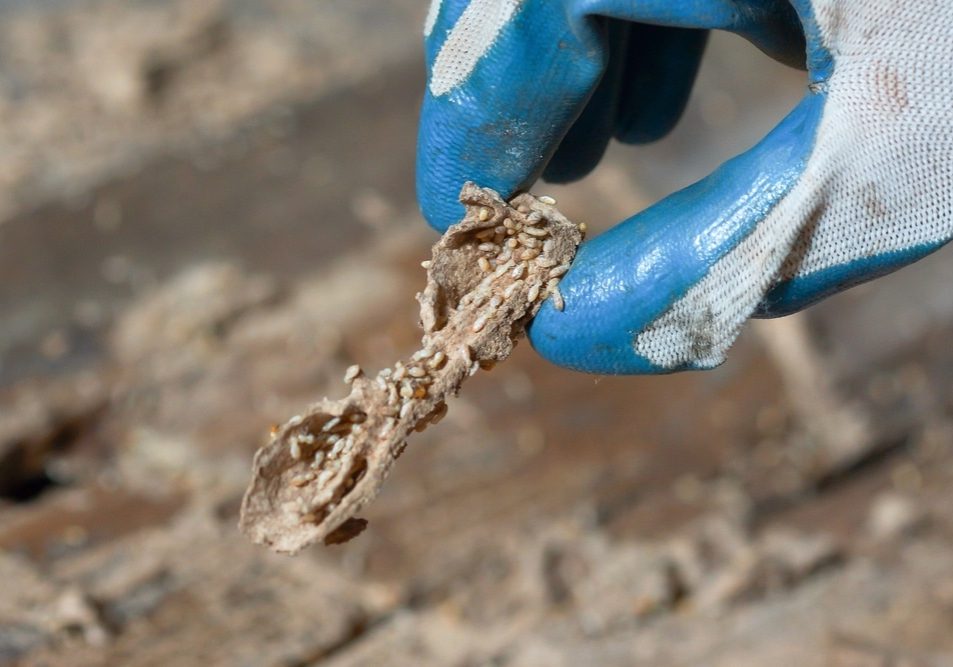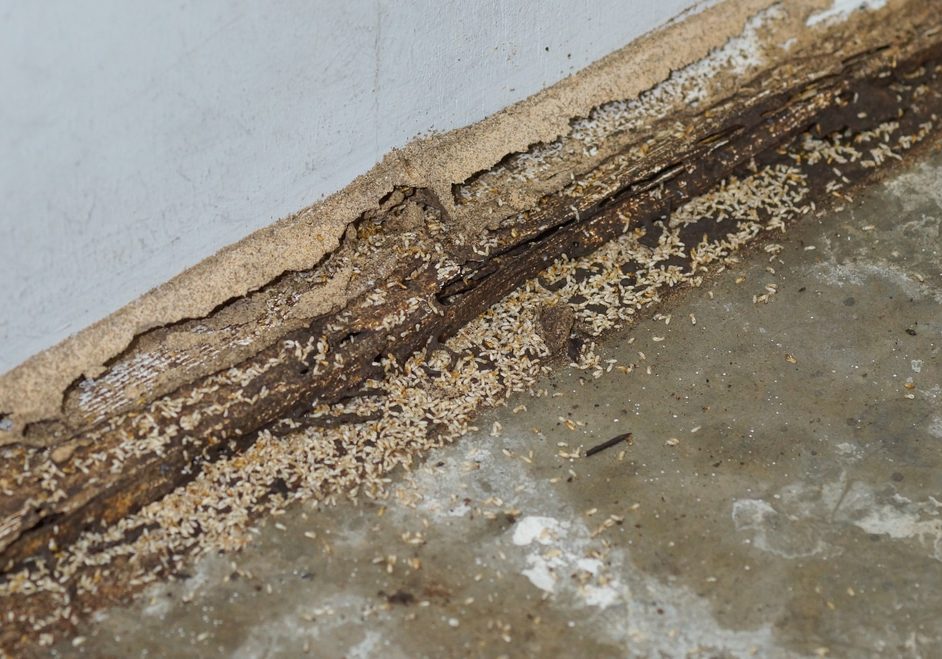Introduction
Termites, often dubbed the "silent destroyers," are notorious for their ability to cause significant damage to homes without immediate detection. As a homeowner, understanding the importance of early detection of termite infestations can save you from costly repairs and potential structural damage. In this post, we’ll delve into why early detection is crucial, the signs to watch for, and the steps to take if you suspect these unwelcome guests have taken up residence in your home.
Understanding Termite Behavior and the Signs of Infestation
To effectively combat termite infestations, it's essential to understand their behavior and the signs they leave behind. Termites are social insects that thrive in colonies, with the most common species affecting homes being subterranean, drywood, and dampwood termites. Each species has unique characteristics, but all share a relentless appetite for cellulose, the primary component of wood.
Termites go through a life cycle consisting of eggs, nymphs, and adults. A single queen can lay thousands of eggs per day, leading to rapid colony growth. Their colonies can grow rapidly, making early intervention essential. These pests prefer dark, moist environments, which often means they remain hidden until damage becomes severe.
As a homeowner, being vigilant for signs of termite activity is crucial. Common indicators include:

Being aware of these signs can help you catch an infestation before it escalates into a more significant problem.
Techniques for Early Detection and Their Benefits
Employing a combination of professional and DIY detection methods can significantly improve your chances of catching a termite problem early. Regular inspections by pest control professionals are vital. They have the expertise and tools to identify signs of termites that homeowners might overlook. Advanced techniques such as infrared thermography and acoustic emissions can detect hidden colonies effectively.
Infrared thermography uses thermal imaging to identify temperature differentials in walls, which can indicate the presence of termites. Acoustic emission technology detects sounds made by termites as they chew through wood, providing a non-invasive way to identify infestations.
Homeowners can also take a proactive approach by conducting regular inspections of their properties. Checking basements, attics, and crawl spaces for signs of termite activity is essential. Utilizing tools like moisture meters can help identify areas prone to infestation, as termites thrive in moist conditions.
In recent years, technological advancements have introduced smart home technology that enhances monitoring efforts. Sensors and cameras can alert homeowners to unusual activity, adding an extra layer of protection. Some homeowners are now investing in monitoring systems that can provide alerts directly to their smartphones, allowing for immediate action.
The benefits of early detection are manifold. Addressing an infestation promptly can lead to significant cost savings by preventing extensive damage. Knowing your home is protected from termites allows you to focus on enjoying your space without worry. Furthermore, early detection is part of a broader strategy of proactive home maintenance, which can help prevent many pest-related issues.

At Emtec Pest Control, we are committed to safe and responsible pest control. We understand that your family’s safety is your number one priority, so we make it our priority, too.
If you have any other questions about any of these pests or pest control for your home or business, contact your Oklahoma pest control experts at Emtec Pest Control by calling us or by filling out our online contact form.

